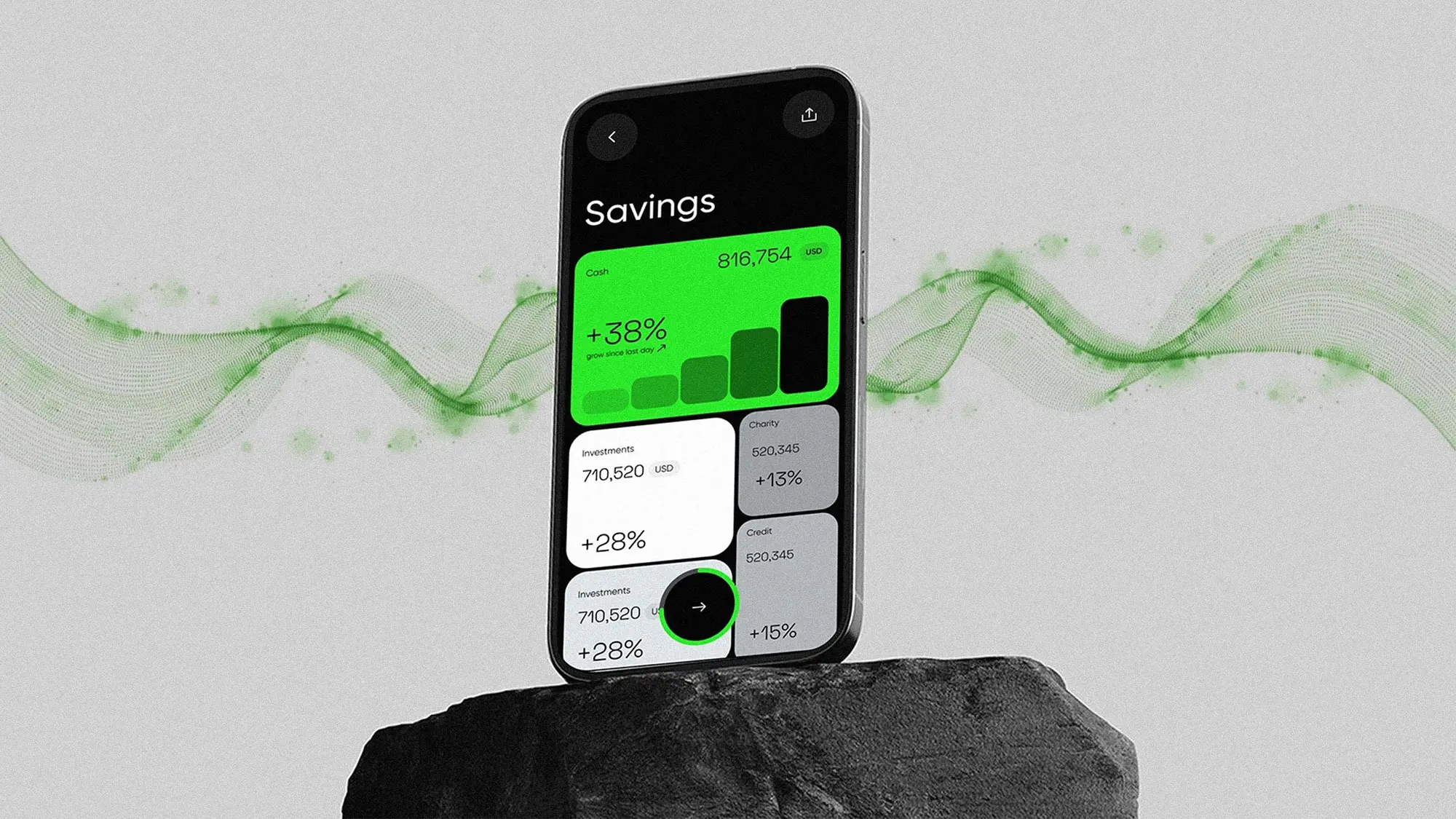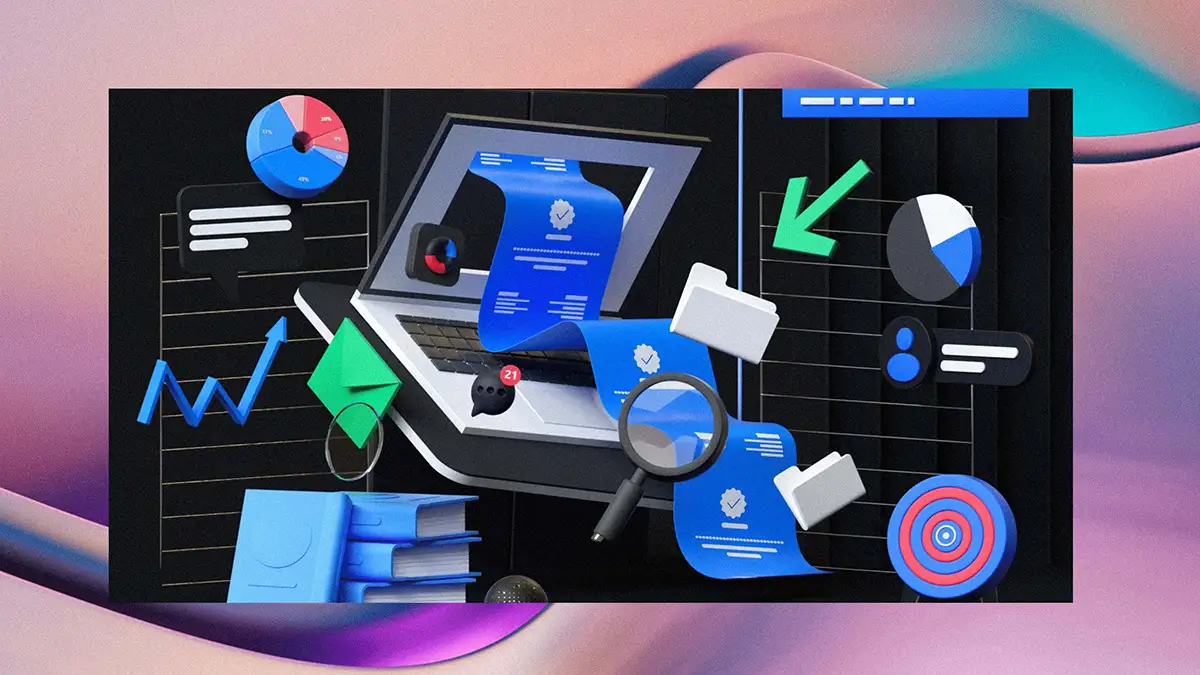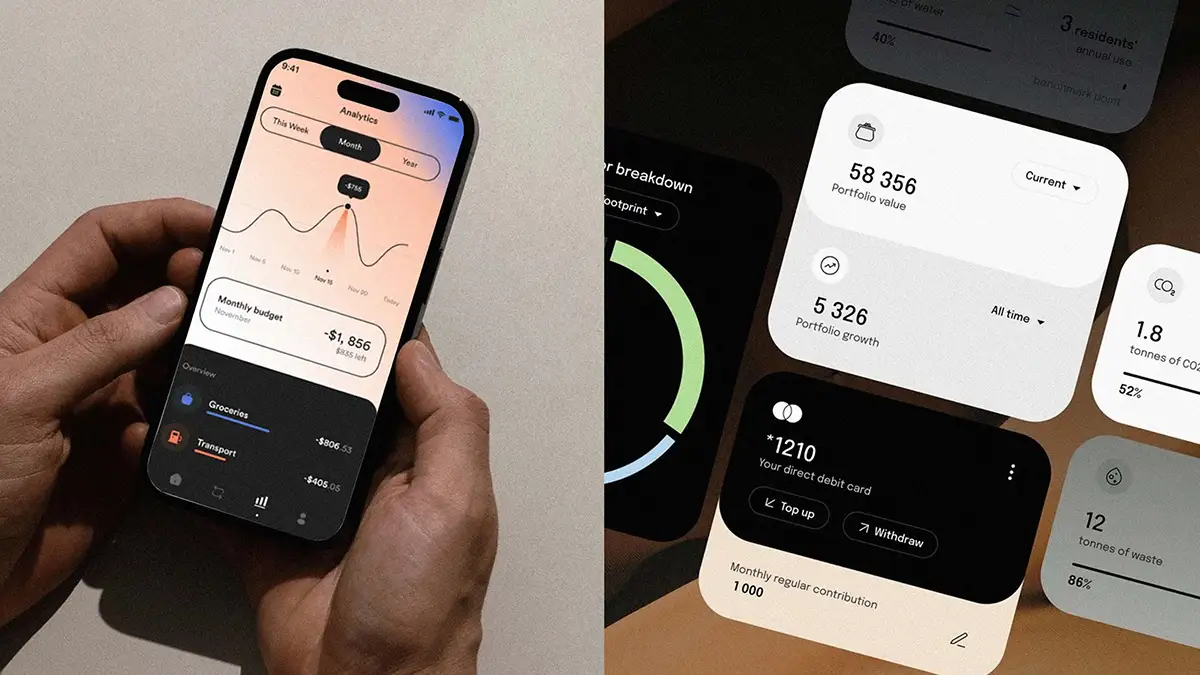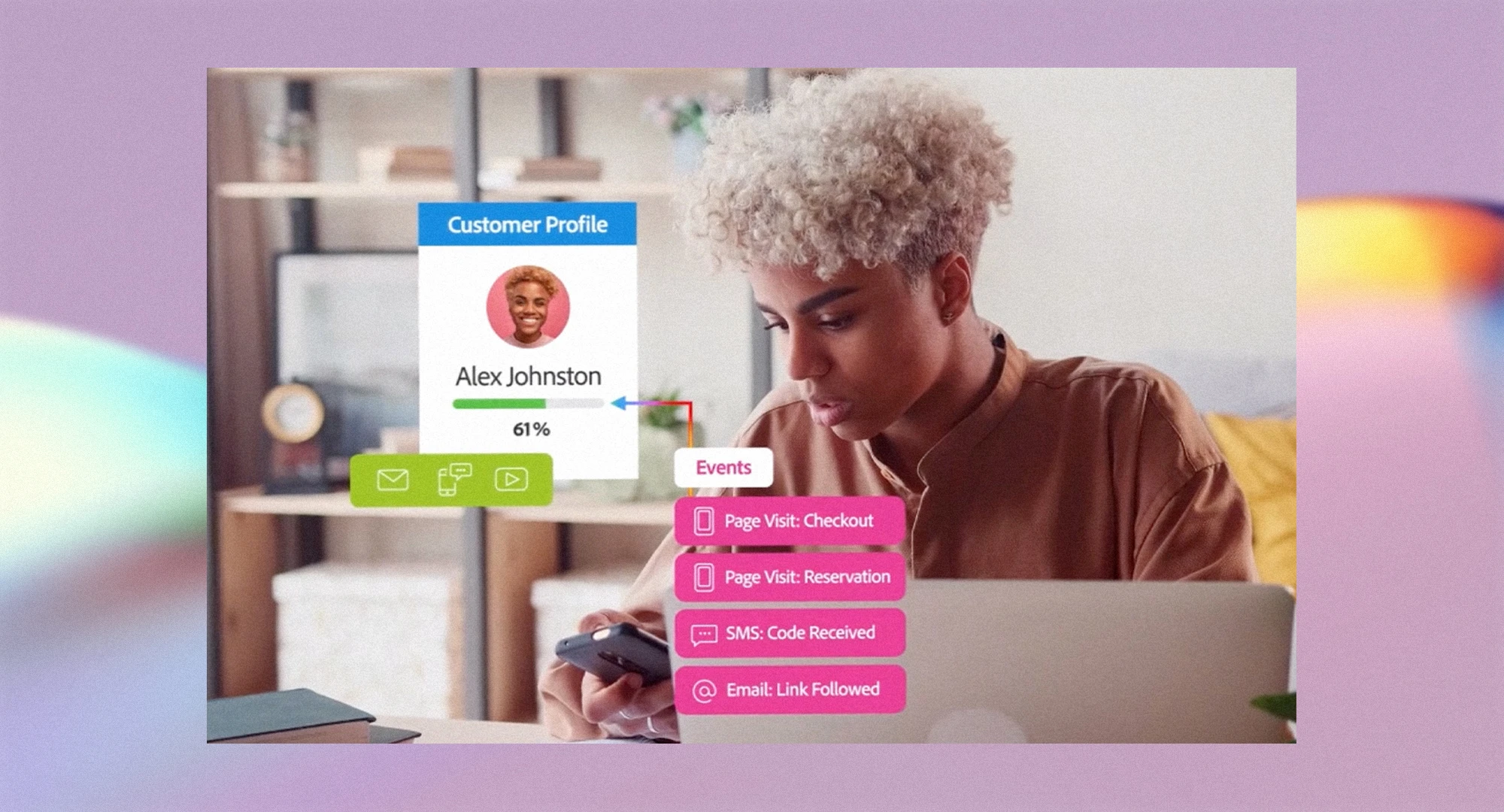
The Future of Finance App & Mobile Banking Development
Let’s kickstart the conversation and design stuff people will love.

Introduction
Finance app development is at a turning point. As consumer expectations rise and digital ecosystems mature, enterprise finance brands are under pressure to modernize fast. Mobile banking app development is no longer a competitive edge—it’s a baseline expectation. This article explores five key trends shaping the future of finance mobile app development and how enterprise leaders can respond with speed, clarity, and innovation.

Top 5 Trends to Watch in Finance App Development
- Embedded Finance Becomes Standard
- AI-Powered Personalization at Scale
- Hyper-Secure Authentication Methods
- Modular Platforms for Faster Deployment
- Cross-Channel Continuity and Experience Design
Trend Breakdown: Context & Competitive Insight
Embedded Finance Becomes Standard
Embedded finance is redefining how financial services reach users—directly within non-financial apps. Whether it's loans in e-commerce checkouts or insurance offered in ride-share platforms, the boundaries between banking and everyday digital experiences are blurring. This shift pushes finance app development to support broader APIs and partnerships, making it crucial for enterprise teams to integrate with external ecosystems. For enterprise firms, embedded finance means owning more moments in the customer journey, increasing brand visibility, and driving higher engagement.
AI-Powered Personalization at Scale
AI is transforming financial app development by enabling highly tailored experiences. With the rise of machine learning, finance mobile app development now includes behavioral analytics, predictive product recommendations, and dynamic user interfaces. Banks and financial institutions that leverage AI to personalize at scale see higher customer satisfaction and retention. As users expect relevance in every interaction, personalization becomes a must-have for any banking mobile app development roadmap.
Hyper-Secure Authentication Methods
With increased usage comes greater risk. Advanced security is no longer a back-end consideration—it’s central to user experience. Biometric logins, facial recognition, and behavioral authentication are rapidly becoming core features in banking app development. As threats evolve, so do user expectations for seamless and secure access. Financial institutions that fail to integrate next-gen security into their finance apps risk losing trust and compliance footing.
Modular Platforms for Faster Deployment
Enterprise finance leaders are shifting from monolithic builds to modular architecture. Modular platforms enable rapid testing, faster updates, and more flexible feature rollouts—key to keeping pace with fintech disruptors. In finance mobile app development, modular design lets product teams adapt to changing needs without full system overhauls. This agility becomes a competitive edge, especially for companies managing multiple service lines or global user bases.
Cross-Channel Continuity and Experience Design
Today’s users expect consistent service across mobile, web, and in-branch experiences. Finance app development must account for seamless transitions between channels—whether starting a loan application on mobile or finishing it in-person. Strong banking and finance app development strategies now prioritize shared data, design consistency, and synchronized workflows. This elevates user satisfaction and supports long-term loyalty.

What Leading Brands Are Doing
Leading brands are already applying these trends to reimagine how they serve customers. For example, JPMorgan Chase has invested heavily in AI-driven finance app features, using personalized budgeting tools and predictive insights to enhance user engagement. Meanwhile, Citi has accelerated its modular development to launch new mobile banking features in weeks rather than months.
At G&Co., we’ve partnered with enterprise clients to create digital platforms that not only support mobile banking app development but unlock strategic growth. From experience strategy to full-stack execution, we equip finance leaders with the tools to lead change and outperform in a digital-first market.
Risks, Blind Spots & What to Avoid
Risk 1: Treating the App as a One-Time Build
Why it matters: Finance app development must be continuous, not static.
Blind spot: Brands often assume launch equals success, neglecting post-launch iteration and user feedback integration.
Risk 2: Over-Prioritizing Features Without Strategy
Why it matters: Adding features without a user-first strategy leads to complexity and confusion.
Blind spot: Teams may chase trends instead of aligning the app roadmap with business goals and user needs.
Risk 3: Ignoring Cross-Functional Collaboration
Why it matters: Finance mobile app development requires alignment between IT, product, legal, and design.
Blind spot: Siloed teams delay launches and create fragmented user experiences that reduce trust.
Conclusion & Strategic Outlook
These five trends are not passing fads—they reflect a deeper shift in how financial app development is evolving and what users demand. From embedded finance to modular platforms, enterprise finance leaders must rethink how they build, deliver, and grow. Those who align their banking app development strategy with these shifts will gain long-term advantage and customer loyalty.
At G&Co., we bring the strategic clarity and technical expertise needed to turn insight into execution. From mobile banking app development to full digital transformation, we’re the partner that helps you lead what’s next.






%20(1).png)




